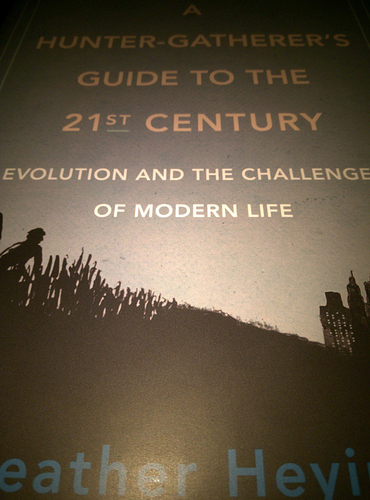These were taken with just the torch light with the new white balance preset from the merge request above:
That was the birch model. Because most of Purism’s stuff is black (which is why I included the green and blue circuit boards), and black does not test white balance that well, I also took this picture:
I used the auto setting for most parameters. I probably could have dialed in a few things better. For the book, the colors are, for the most part, naturally that dull. You can see examples on the Internet to compare.

